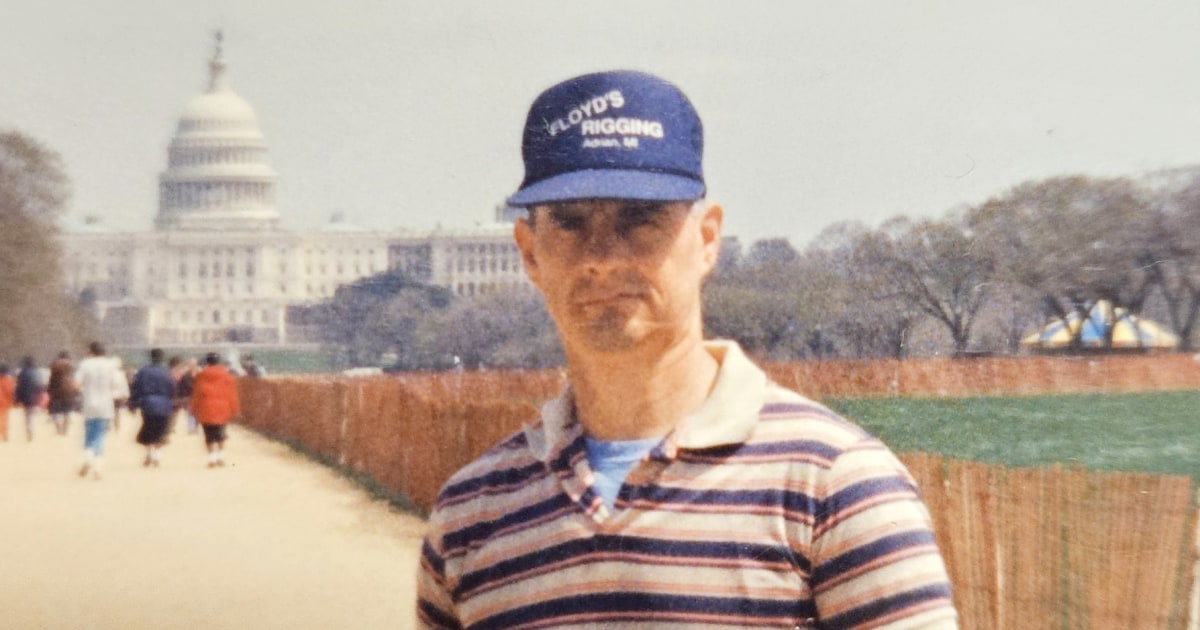Authorities in Arizona have identified remains found by construction workers near the Hoover Dam more than a decade ago as those of a man who had not been seen by his family for nearly 30 years.
William Herman Hietamaki was identified this month using genetic genealogy after construction workers initially found human bones near the Hoover Dam in 2009, the Mohave County Sheriff’s Office said in a statement this week. It is estimated that Hietamaki died between 2006 and 2008.
Along with the bones, the workers also found blue jeans, a white towel, a red T-shirt, a black athletic shoe and a green sleeping bag near Highway 93, the sheriff’s office said.

The items were turned over to the Mohave County Medical Examiner’s Office, but no leads developed despite years of investigating.
In 2022, detectives received a bone sample of the unidentified person, which was sent to the state’s Department of Public Safety for scientific testing.
The department sent the sample to the national DNA database, known as CODIS, which law enforcement agencies often use to connect known criminals to unsolved crimes. A sample was also sent to the University of North Texas, where DNA was obtained and stored, the sheriff’s office said.
The sheriff’s office said personnel with Othram Inc., a genetic lab in Texas, told its investigators in April that a grant it received would help pay for forensic genetic genealogy testing.
In the technique, which law enforcement is more commonly using to solve cold cases, commercial DNA databases are searched to find family matches to the DNA of a crime suspect, a victim or a missing person.
This month, the sheriff’s office learned that the John Doe in the case had ancestors with roots in Michigan dating to the 1800s. Investigators interviewed potential relatives of Hietamaki’s, and their siblings told them that they hadn’t seen their brother since 1995.
The sheriff’s office said Hietamaki, a known hitchhiker who lived a nomadic lifestyle, had been traveling in the Southwest U.S.
He was last seen when he visited his sister in New Mexico in 1995, according to the sheriff’s office. He had once lived in Las Vegas and suffered from epileptic seizures, officials said.
Hietamaki was born in 1950 and grew up in the Trout Creek, Michigan, area before he left and started to travel after he graduated from high school, the sheriff’s office said.
The medical examiner’s office was unable to determine how he died because of the state of his remains, officials said.
“The Mohave County Sheriff’s would like to thank Othram Inc. for their work in this case and for obtaining grant funding to enable the forensic genetic genealogy investigation to be completed,” the sheriff’s statement said. “Hietamaki’s family now has closure due to their dedication in identifying John and Jane Does.”








